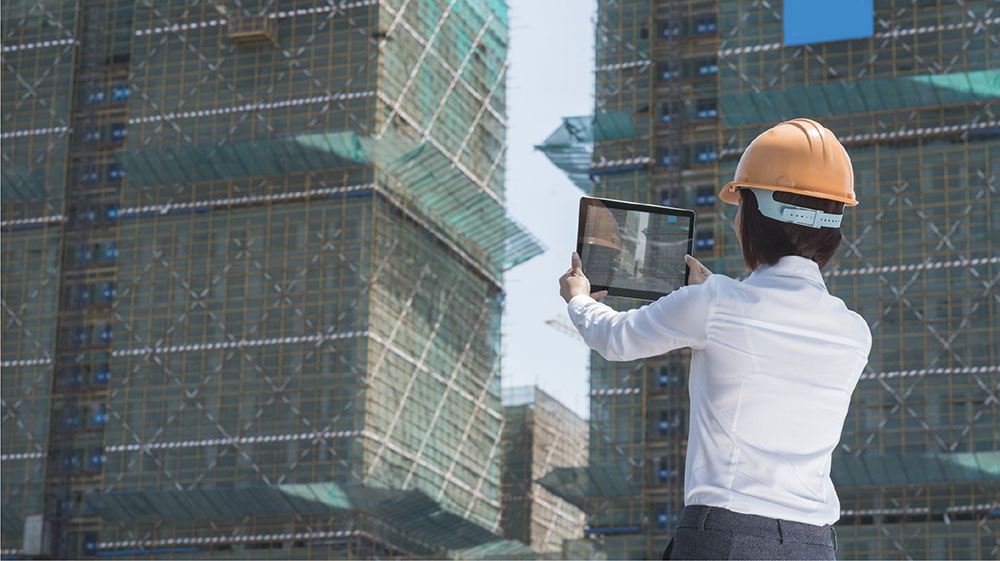
MissionOS creates common data environments for construction, hosting geometric objects and managing project data
MissionOS creates common data environments for construction, hosting geometric objects and managing project data

Connect directly with a Maxwell GeoSystems support expert via email, or live chat.
Gain access to MGS Learn, the online learning platform for free, self-paced courses on product and topic-based certifications.
Discover all the latest product information on MissionOS and share your experiences with other system users.